Watch: Ship’s Main Engine Exhaust Valve Working
The ship’s main engine produces power to propel a mega-ship at sea. The power is generated inside the cylinder liner, where the fuel is compressed and burnt.
The power produced inside the cylinder is then transferred to the propeller via connecting rod and crankshaft.
No engine is 100% efficient and the ship engine will also have some waste energy while doing this work. This waste energy will be in the form of heat and exhaust.
The heat of the engine is taken care of by the jacket cooling system of the main engine, however, the exhaust produced by the engine needs to be drawn out to the heat recovery systems such as turbocharger and economiser, and eventually to the atmosphere.
This is done by fitting an exhaust valve.
The main engine of the ship, which is normally a Two-stroke crosshead marine engine, has a single exhaust valve per unit, mounted in the centre of the cylinder head.
Construction of the main engine exhaust valve
The exhaust valve of the marine diesel engine consists of
- Exhaust valve casing: The casing which is made of cast iron contains different components and driving arrangement for the exhaust valve. It also has jackets, through which, colling water passes for maintaining the valve temperature
- Valve and Spindle: The spindle is responsible to draw the exhaust gasses out from the engine cylinder when operated in an open and closed position. The spindle can be a molybdenum chrome alloy with a layer of stellite, welded onto the seating face, or alternatively, a heat resistant Nimonic alloy valve head, friction welded to an alloy steel shaft. The valve spindle is fitted with a winged valve rotator.
- Exhaust valve seat: The exhaust valve seat is a renewable valve seat which can be reconditioned or replaced in case of damage and is usually made from hardened molybdenum steel with stellite coating for good temperature resistant property
There is a spring air piston chamber which has an air supply connection
Hydraulic oil chamber and the operating piston is on the top of the valve spindle.
Operation of the main engine exhaust valve
The camshaft of the exhaust valve is connected to the crankshaft via chains or gears. Once the cam is in the cam profile, The hydraulic oil pump will overcome the spring force and the oil will be delivered to the exhaust valve at high pressure.
The pressure at which the hydraulic oil operates the exhaust valve can go up to 220 bars.
As the hydraulic oil pushes the operating piston, which is connected to the valve spindle, the valve will move down and allow the exhaust inside the cylinder to flow out of the engine to exhaust trunk.
The kinetic energy in the exhaust gas rotates the valve because of winged valve rotator, which keeps the valve at an even temperature and helps reduce the build-up of deposits on the valve seat.
Once the hydraulic oil pump roller comes off the cam profile, into the cam circle, the spring pressure will cut the supply of the hydraulic oil.
Now the air supply, under the spring air piston, will close the valve and seal it with the valve seat, stopping the flow of the exhaust out of the cylinder. The air pressure is approx 7 bar to close the valve.
The oil remaining in the hydraulic oil chamber is taken out from the drain valve when the valve is closing due to air pressure.
A damping arrangement on top of the piston in the exhaust valve prevents hammering of the valve seating.
In most of the modern engine, air pressure is used to close the valve. However, in some old engines, spring was used instead of air pressure to close the valve.
The overhauling period of Main engine exhaust valve depends on the maker and type of exhaust valve.
However, in the modern marine engine, the interval can go up to 36000 hours; post that, the valve will need an overhaul.
Watch the video below:
Do you have info to share with us ? Suggest a correction
Latest Videos Articles You Would Like:
- Cruise Ship Damaged Due To Severe Weather, Passengers Stuck Abroad
- Archaeologists Examine 19th-Century Shipwreck Found On Canadian Coast
- Australia Stops Livestock Ship From Sailing Around Africa To Israel Amidst Houthi Attacks
- Iran Warns U.S. Of Targeting Cargo Ships Following Latest Airstrikes On Houthis
- Watch: Ukrainian Forces Destroy Russian Missile Boat In Black Sea Operation
- Two Dead After Tragic Collision Between Water Taxi And Passenger Ferry In the Philippines
Subscribe To Our Newsletters
By subscribing, you agree to our Privacy Policy and may receive occasional deal communications; you can unsubscribe anytime.
Web Stories

About Author
An ardent sailor and a techie, Anish Wankhede has voyaged on a number of ships as a marine engineer officer. He loves multitasking, networking, and troubleshooting. He is the one behind the unique creativity and aesthetics at Marine Insight.




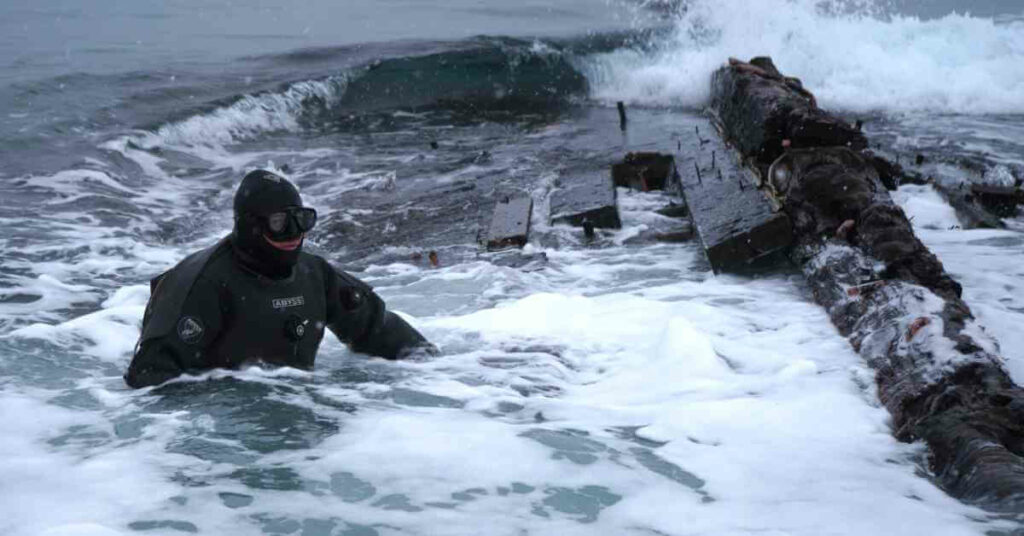
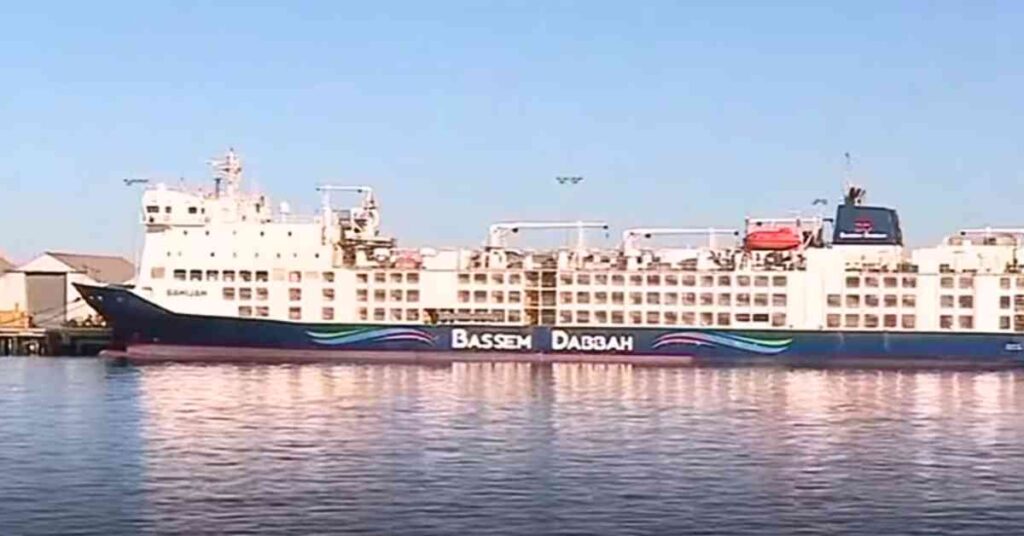

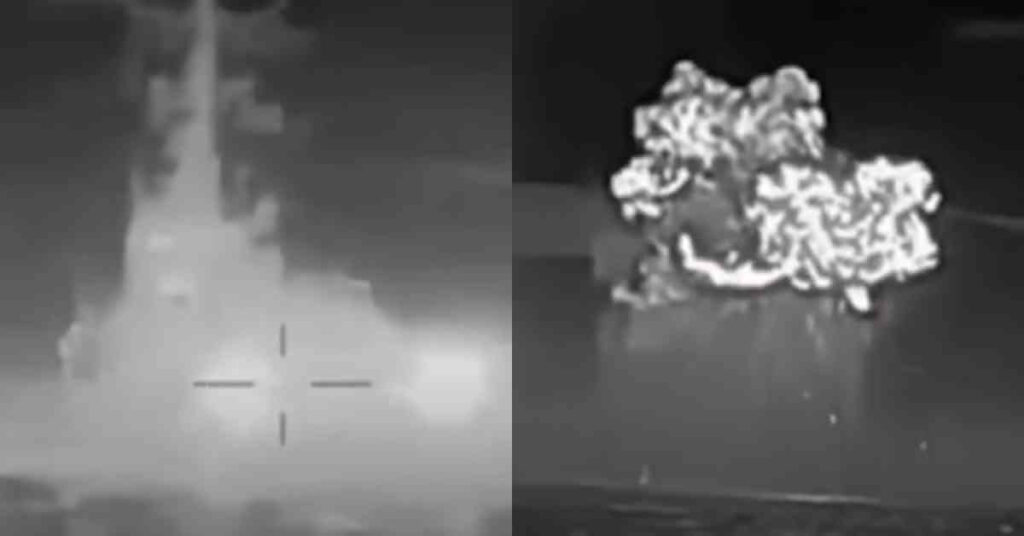


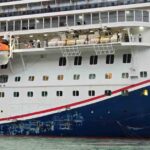









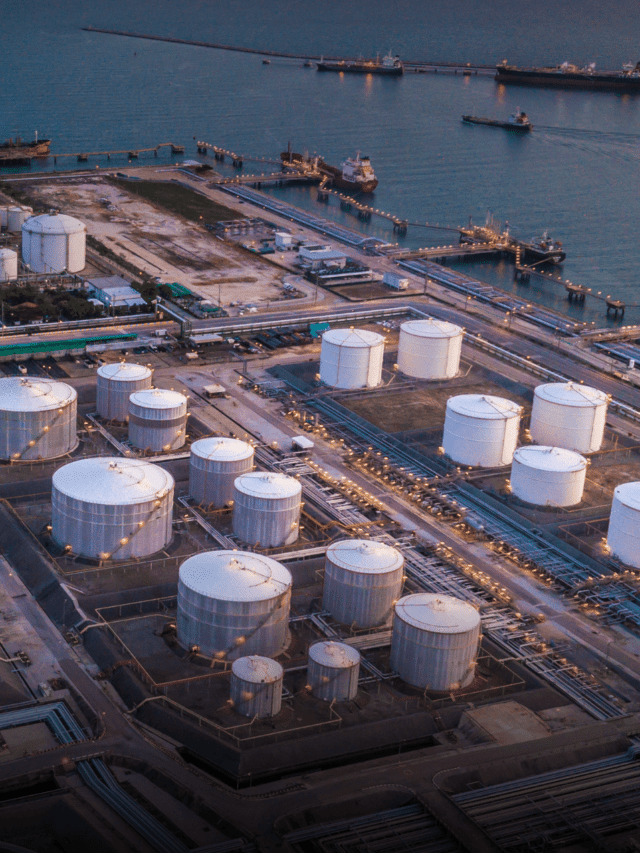
HI.
ON THE HYDRAULIC OPERATED EXHAUST VALVE, WHAT SAFETY FEATURES ARE PROVIDED? EXAMPLE: IF THE AIR PRESSURE DECRESES THEN THE VALVE WILL NOT CLOSE.